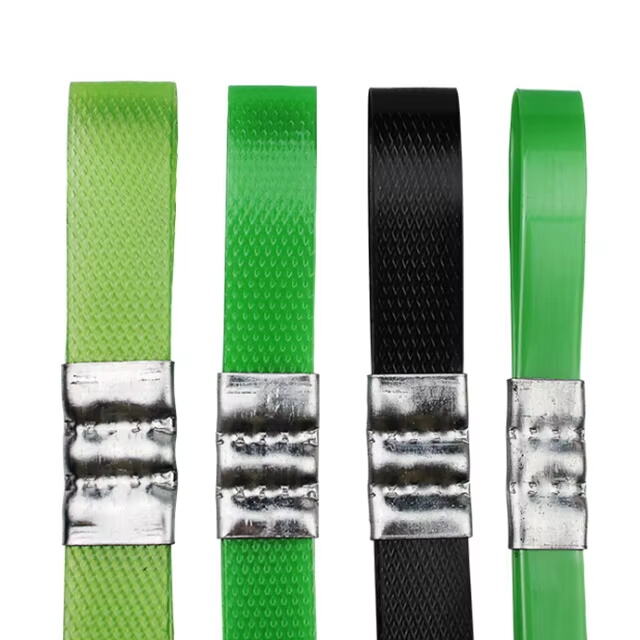You can make a significant impact on the environment by choosing PP strapping for packaging. This material offers a sustainable solution with its recyclability and energy-efficient production. It reduces waste and lowers emissions during manufacturing. These environmental benefits make PP strapping a smart choice for industries aiming to protect the planet.
Understanding PP strapping and its relevance
What is PP strapping?
PP strapping, or polypropylene strapping, is a lightweight and durable material used for securing packages. It is made from polypropylene, a type of plastic known for its flexibility and strength. You often see it in industries like logistics, construction, and retail, where it helps keep goods stable during transportation. Unlike traditional materials, PP strapping offers a balance of affordability and performance. Its ability to withstand tension without breaking makes it a reliable choice for various packaging needs.
Key characteristics of PP strapping
PP strapping stands out due to its unique properties. It is resistant to moisture, which prevents damage in humid conditions. Its lightweight nature reduces shipping costs and makes handling easier. You will also notice that it is highly elastic, allowing it to stretch slightly without losing its shape. This elasticity ensures that packages remain secure even when subjected to movement or pressure. Additionally, PP strapping is recyclable, which contributes to its growing popularity as an eco-friendly option.
Environmental benefits of PP strapping
Recyclability and waste reduction
PP strapping offers a significant advantage in recyclability. You can recycle it multiple times without losing its quality. This feature helps reduce the amount of plastic waste that ends up in landfills. By choosing PP strapping, you contribute to a circular economy where materials are reused instead of discarded. Many recycling facilities accept polypropylene, making it easier for you to dispose of used strapping responsibly. This reduces the environmental burden caused by single-use plastics.
When you use PP strapping, you also minimize packaging waste. Its durability ensures that less material is needed to secure goods. This means fewer resources are consumed during production. As a result, PP strapping helps you achieve waste reduction goals while supporting sustainable practices.
Lower carbon footprint in production and use
PP strapping has a lower carbon footprint compared to other packaging materials. Its production process consumes less energy and emits fewer greenhouse gases. When you use PP strapping, you indirectly reduce the environmental impact of your operations. Unlike steel or PET strapping, polypropylene requires fewer raw materials, which further lowers emissions.
Additionally, its lightweight nature reduces fuel consumption during transportation. This means fewer carbon emissions are released into the atmosphere. By switching to PP strapping, you take a step toward reducing your carbon footprint and supporting global climate goals.
Energy efficiency in manufacturing and transportation
The manufacturing process of PP strapping is energy-efficient. It requires less energy to produce compared to alternatives like steel or PET. This efficiency translates into lower production costs and reduced environmental impact. When you choose PP strapping, you support energy-saving practices that benefit the planet.
Its lightweight design also improves transportation efficiency. Trucks carrying PP strapping consume less fuel, which reduces emissions. This makes it an ideal choice for businesses looking to optimize logistics while minimizing environmental harm. By adopting PP strapping, you align with energy-efficient practices that promote sustainability.
Comparing PP strapping to other materials
PP vs. PET strapping
You might wonder how PP strapping compares to PET strapping. PET, or polyethylene terephthalate, is another popular material for packaging. While PET strapping offers higher tensile strength, PP strapping stands out for its affordability and flexibility. You can use PP strapping for lighter loads, where its elasticity ensures secure packaging without over-tightening. PET strapping, on the other hand, works better for heavy-duty applications.
From an environmental perspective, PP strapping has advantages. Its production requires less energy, which reduces its carbon footprint. Additionally, PP strapping is easier to recycle in many regions, making it a better choice for reducing waste. If you prioritize cost-effectiveness and sustainability, PP strapping is the smarter option.
PP vs. steel strapping
Steel strapping has been a traditional choice for securing heavy loads. However, PP strapping offers a modern alternative with several benefits. Steel is strong but heavy, which increases transportation costs. PP strapping is lightweight, making it easier to handle and more fuel-efficient to transport.
Steel strapping is not as eco-friendly. Its production consumes more energy and emits higher levels of greenhouse gases. PP strapping, with its energy-efficient manufacturing process, provides a greener solution. You also avoid the risk of rust, which can damage goods during storage or transit. For industries seeking environmental benefits, PP strapping is a clear winner.
PP strapping offers you a sustainable packaging solution. Its recyclability and energy-efficient production reduce waste and emissions. By adopting it, you help align your business with global sustainability goals. This choice allows you to contribute to a greener future while enjoying practical and cost-effective packaging benefits.


